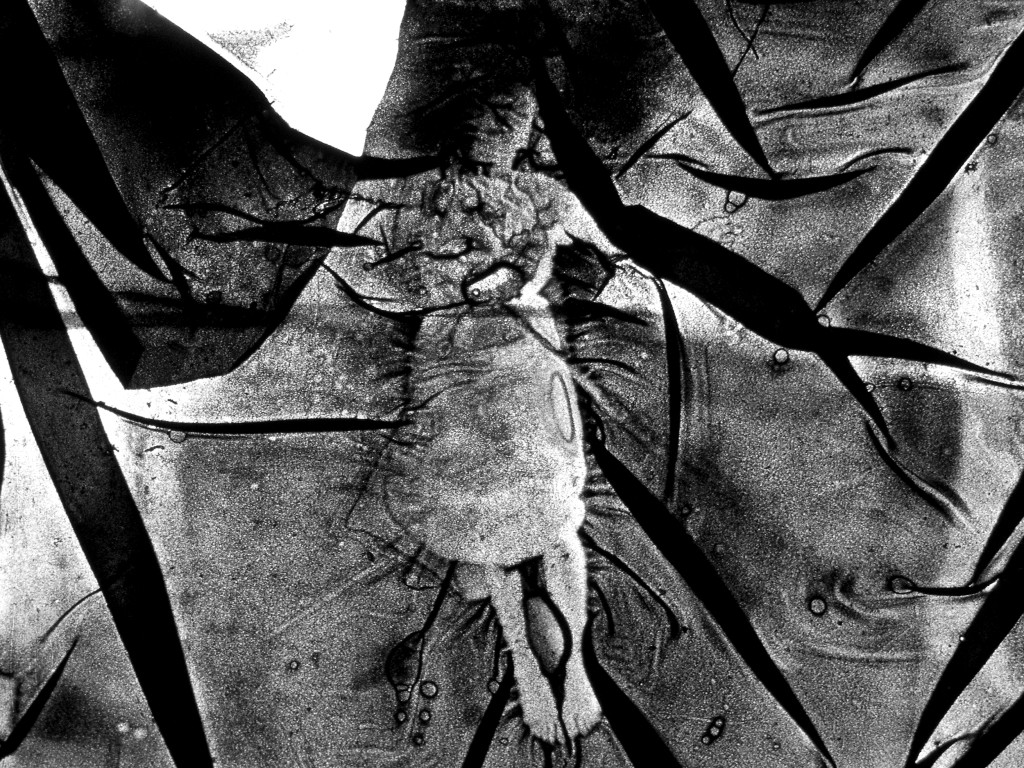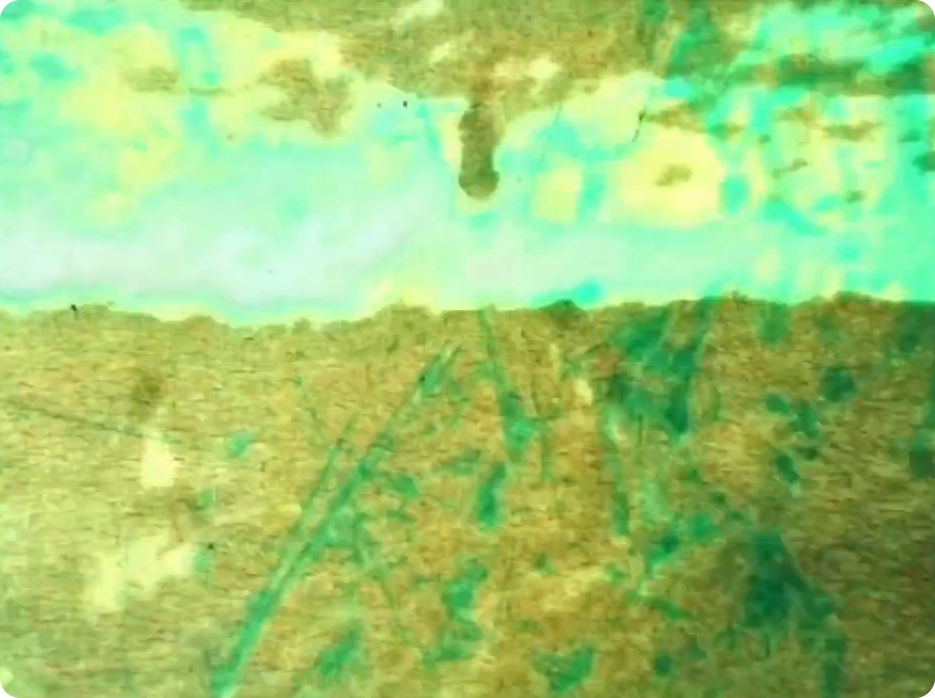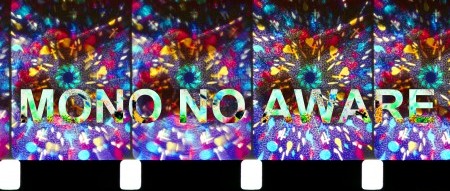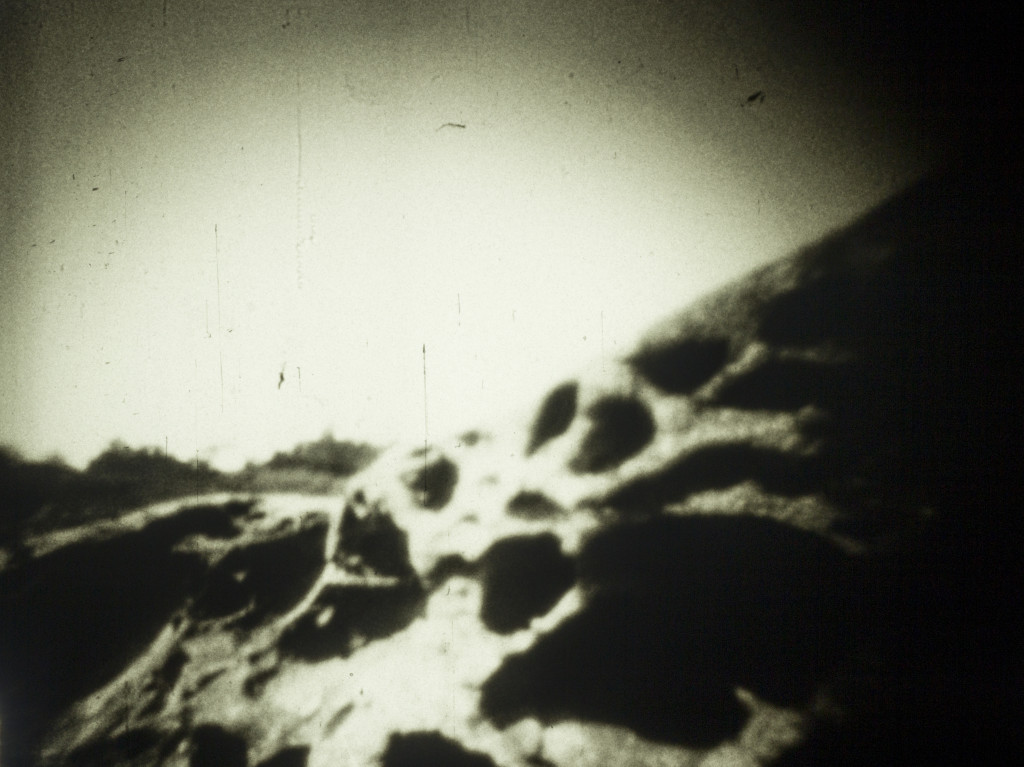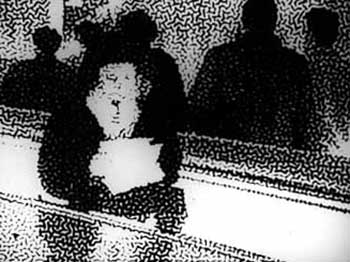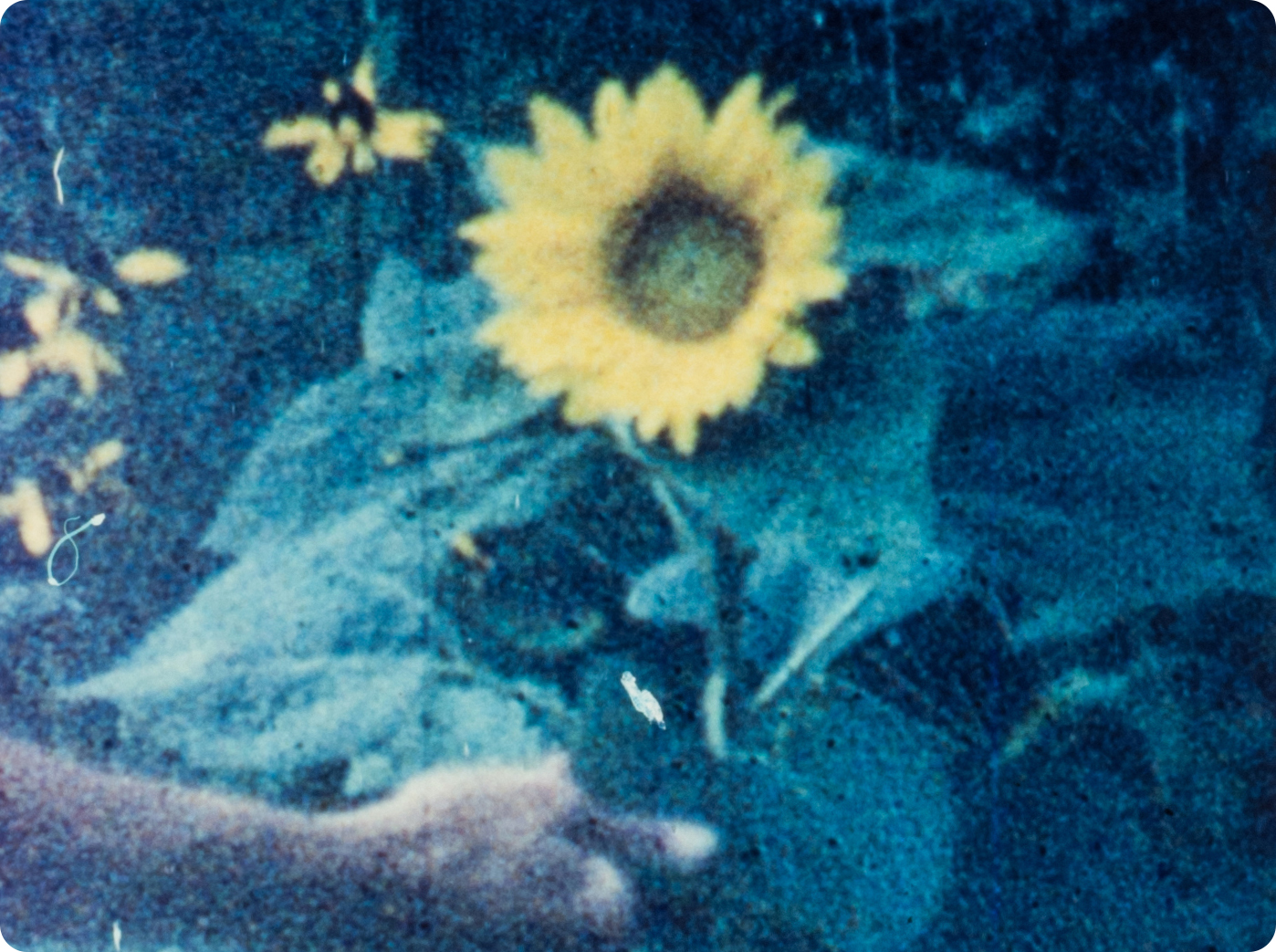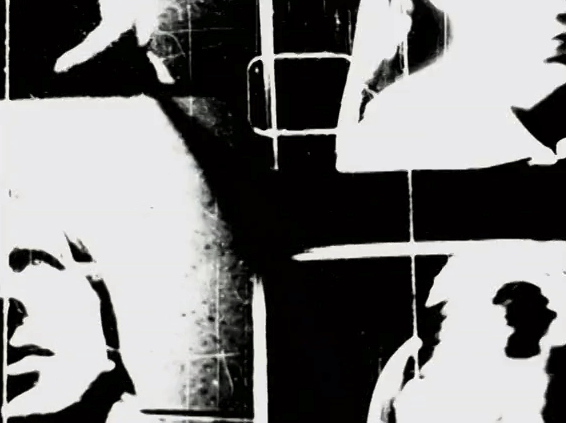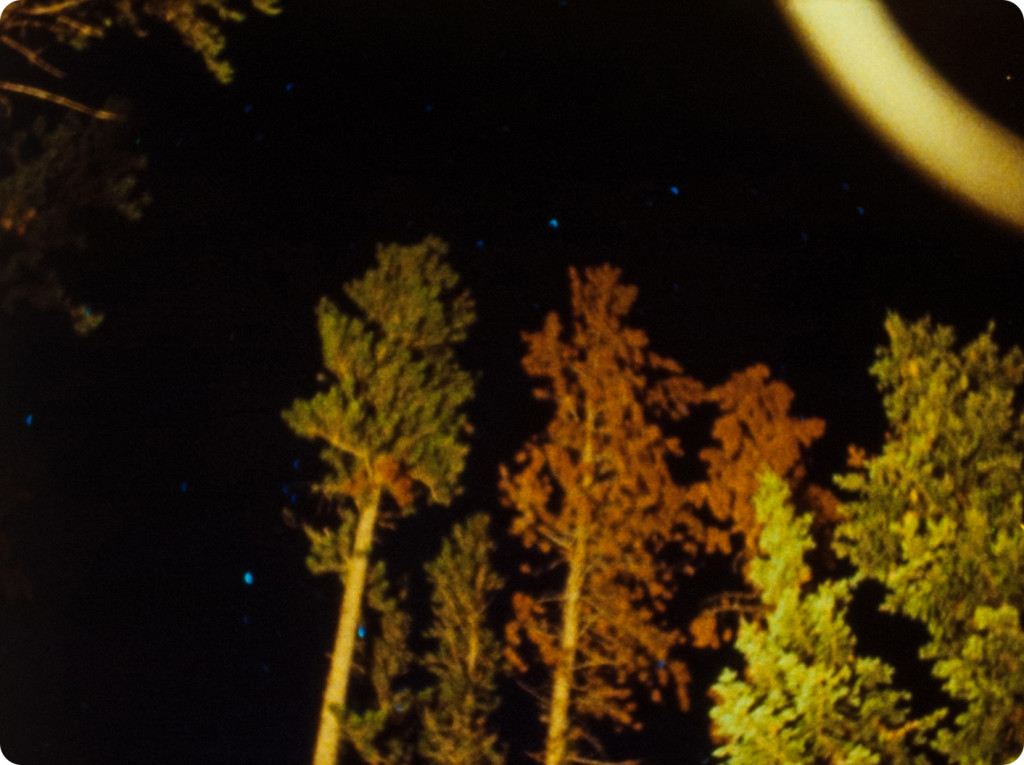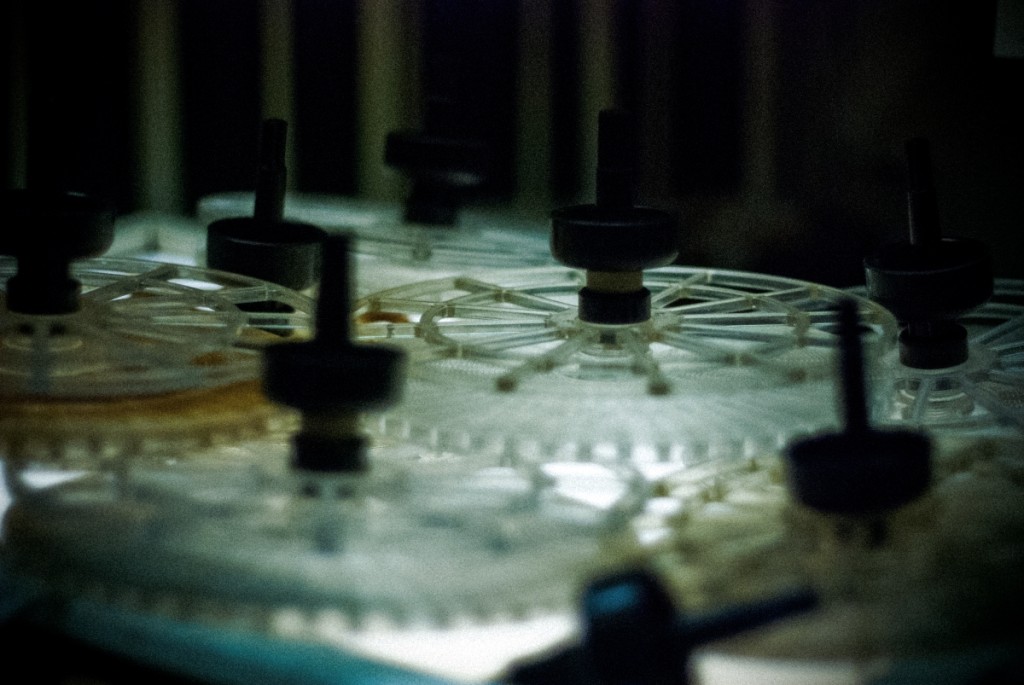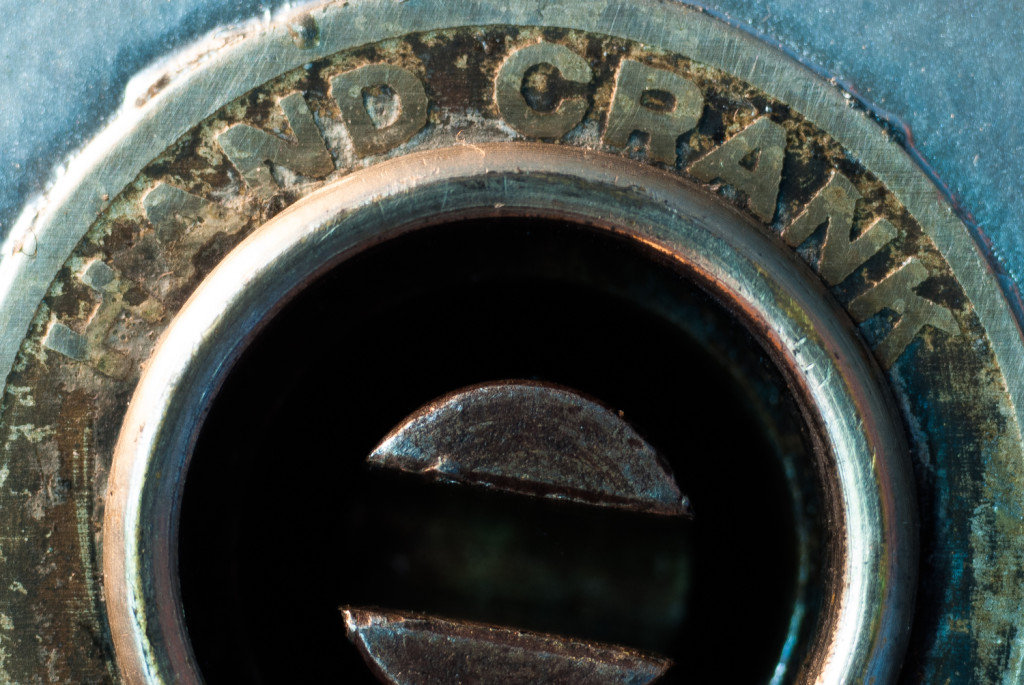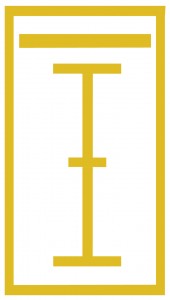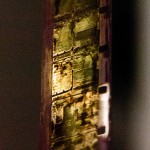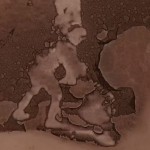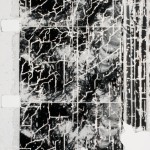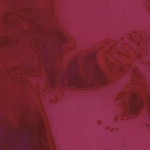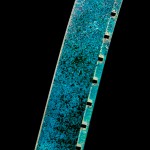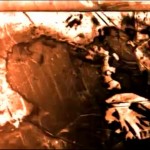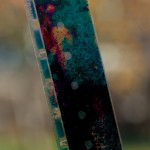Frenkel Defects – Edition I (Echo Park Film Center, Los Angeles, CA)
Edition I – Process Reversal:
A short program of 16mm film works from the Process Reversal Collective and other artist-run film groups including L’Abominable (Paris, France), The Double Negative Collective (Montreal, PQ), Cherry Kino (Leeds, UK) and The Handmade Film Institute (Boulder, CO). Filmmakers including Sarah Biagini, Andrew Busti, Taylor Dunne, Nicolas Rey, Kevin Rice, Robert Schaller, Martha Jurksaitis & Philippe Leonard.
Presented by Echo Park Film Center
Program Details:
Sucia – Robert Schaller (The Handmade Film Institute)
[5 minutes, 1.33:1, silent, B&W]
In Sucia, Robert Schaller utilizes and exploits a variety of photochemical and photographic processes, specifically handmade pinhole cameras and the persistance of vision, to document several beaches on the Salish Sea and Baltic Sea.
Salt – Martha Jurksaitis
[16mm, 8 minutes, 1.33:1, Tungsten]
A vision of women playing in the sea at Saltburn in North Yorkshire becomes a celebration of the material nature of film. The silver salts in film that react to light also react to the metallic salts in film toners, and a multi-coloured seascape emerges from the salt of the sea. Filmed on a part of the beach that was once notorious for shipwrecks, Salt is a love letter to film and to the churning, crashing, passionate sea. The opening symbol is the alchemical symbol for salt.
I Swim Now – Sarah Biagini (Process Reversal)
[16mm, 8.5 minutes, 1.33:1, optical sound, B&W]
I Swim Now challenges the visual intelligibility of landscape aesthetics by imagining the experiences of one Violet Jessop, a stewardess on board all three sister ships of the White Star Line – the Olympic, the Titanic, and the Britannic – while each suffered varying degrees of collision and wreckage at sea. I Swim Now evokes the intense brutality and repetition of Violet’s unique physical interactions with nature through an expansive accumulation of optical techniques and manipulations.
Terminus for You – Nicolas Rey (l’Abominable)
[16mm, 10 minutes, 1.33:1, optical sound, B&W]
“Terminus for you, by Nicolas Rey, takes us on a strange journey. That of passengers in the Paris metro, moving from one platform to another, from one line to another and from one destination to the next. What do we actually see? Geometric shapes come and go. The faces of people come into view and then flit away. Glimpses of words, titles torn from posters, are interspersed between these fleeting encounters; love, solitude, couples, etc… In this short visual essay on the borderline between the documentary and the avant-garde film, Nicolas Rey freely combines painting, photography and cinema and reveals a passion for reality and a love of humanity.”
Bertrand Bacqué – Visions du Réel (Nyon) Catalog 1997
At Hand – Andrew Busti (Process Reversal)
[16mm, 9 minutes, 1.33:1, optical sound, B&W]
An exorcism, an exploration, and an unveiling.
A subconscious landscape of a withering relationship.
Cornmother – Taylor Dunne (Process Reversal)
[6 minutes, 1.33:1, silent, Tungsten]
A single cartridge of Super 8 captures my mothers last visit to her garden. Her body is seen slowly dissolving towards illumination, while her image is forever immortalized in light and silver. Poem borrowed from the Wabanaki creation myth of the first woman, The Corn and Tobacco Mother.
Perceptual Subjectivity – Philippe Leonard (Double Negative Collective)
[6 minutes, 1.33:1, optical sound, B&W]
Ideas take shape in a kind of cerebral magma where the referents are assigned to parcels of experience from which intelligible elements are formed. Perceptual Subjectivity is an essay on the structural formation of thoughts.
Peach – Martha Jurksaitis
[16mm, 11.5 minutes, 1.33:1, silent, Tungsten]
Synaesthesia is an experience of cross-modal sensuality – ‘hearing pink’, ‘seeing green’, tasting shapes or feeling sounds. I think we are all latently synaesthetic, and that a cinematic work has the capacity to bring about a synaesthetic experience if it is made in a personal, artisanal and ethical way, when the filmmaker and the filmed material sensually respond to one another. ‘Peach’ is an attempt at making a piece of ‘Synaesthetic Cinema’.






